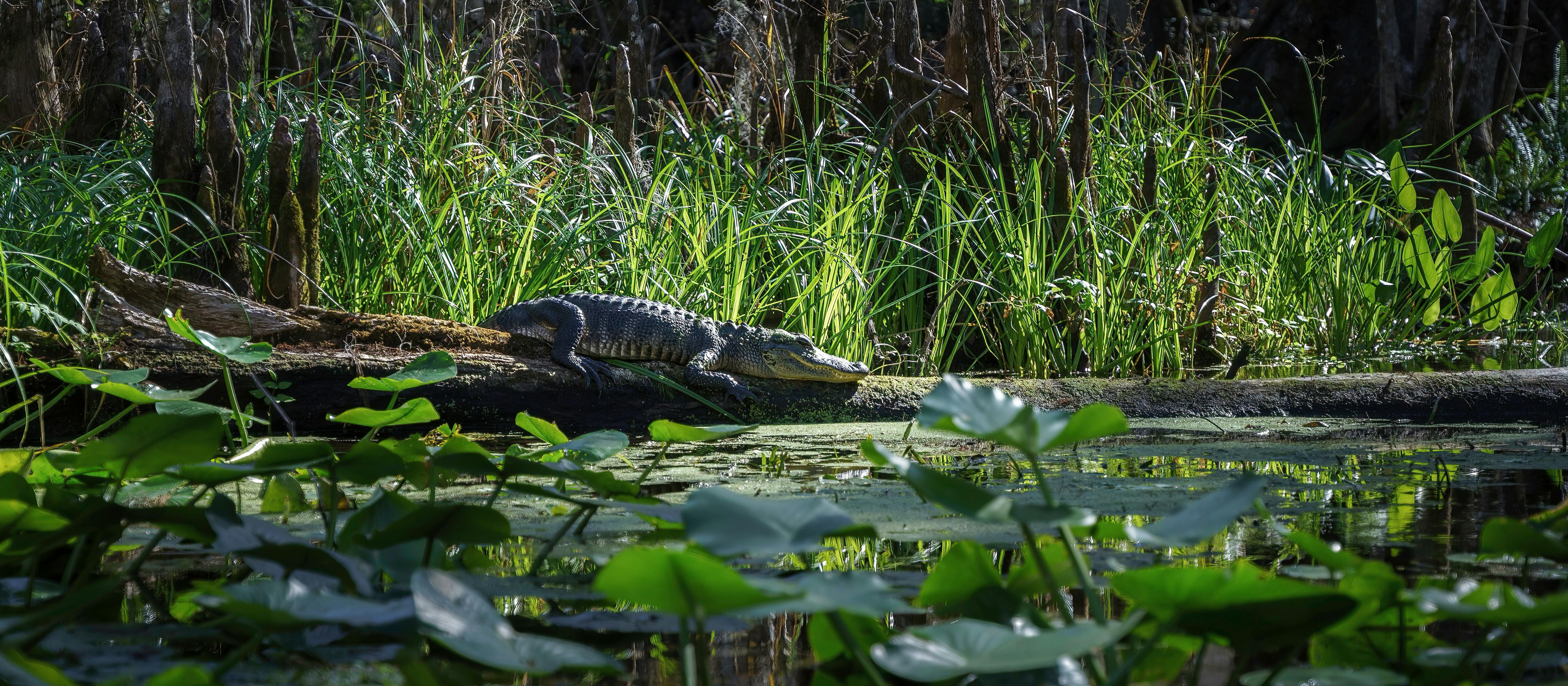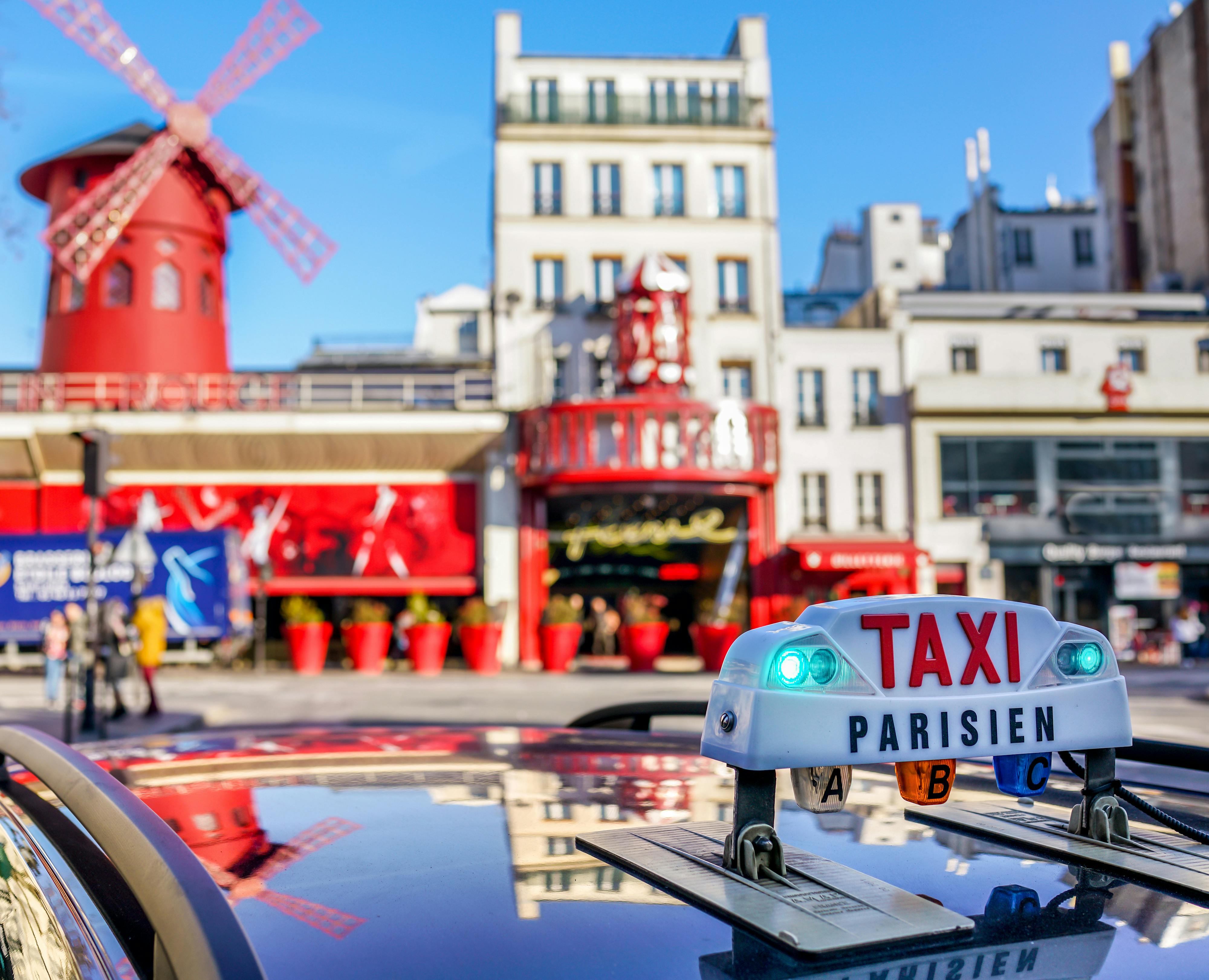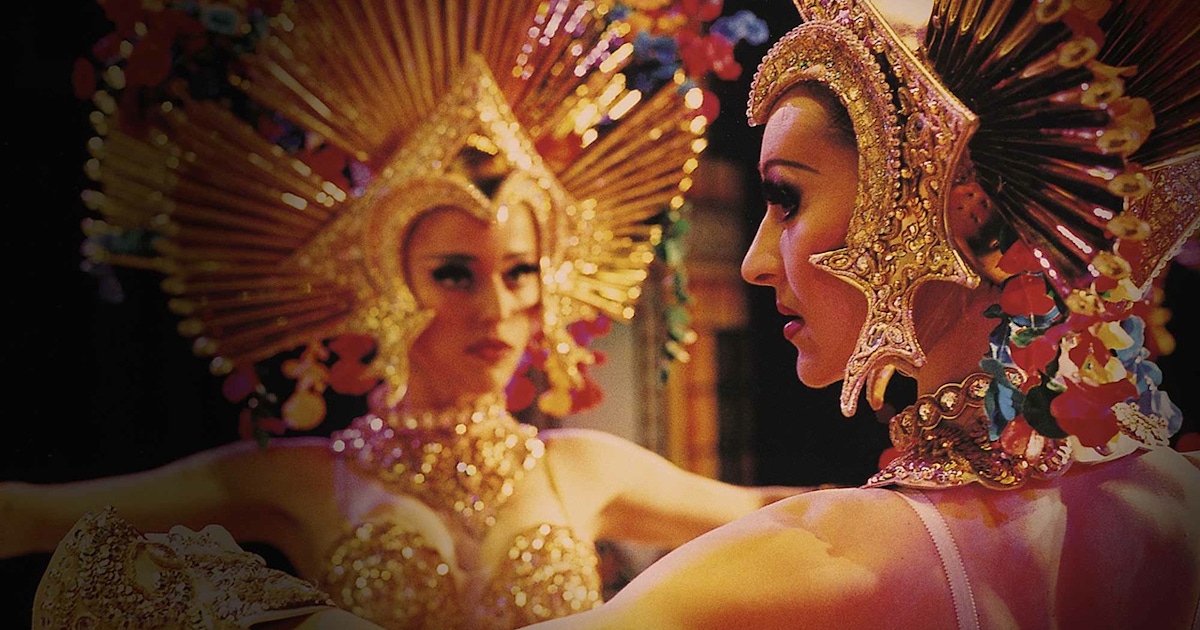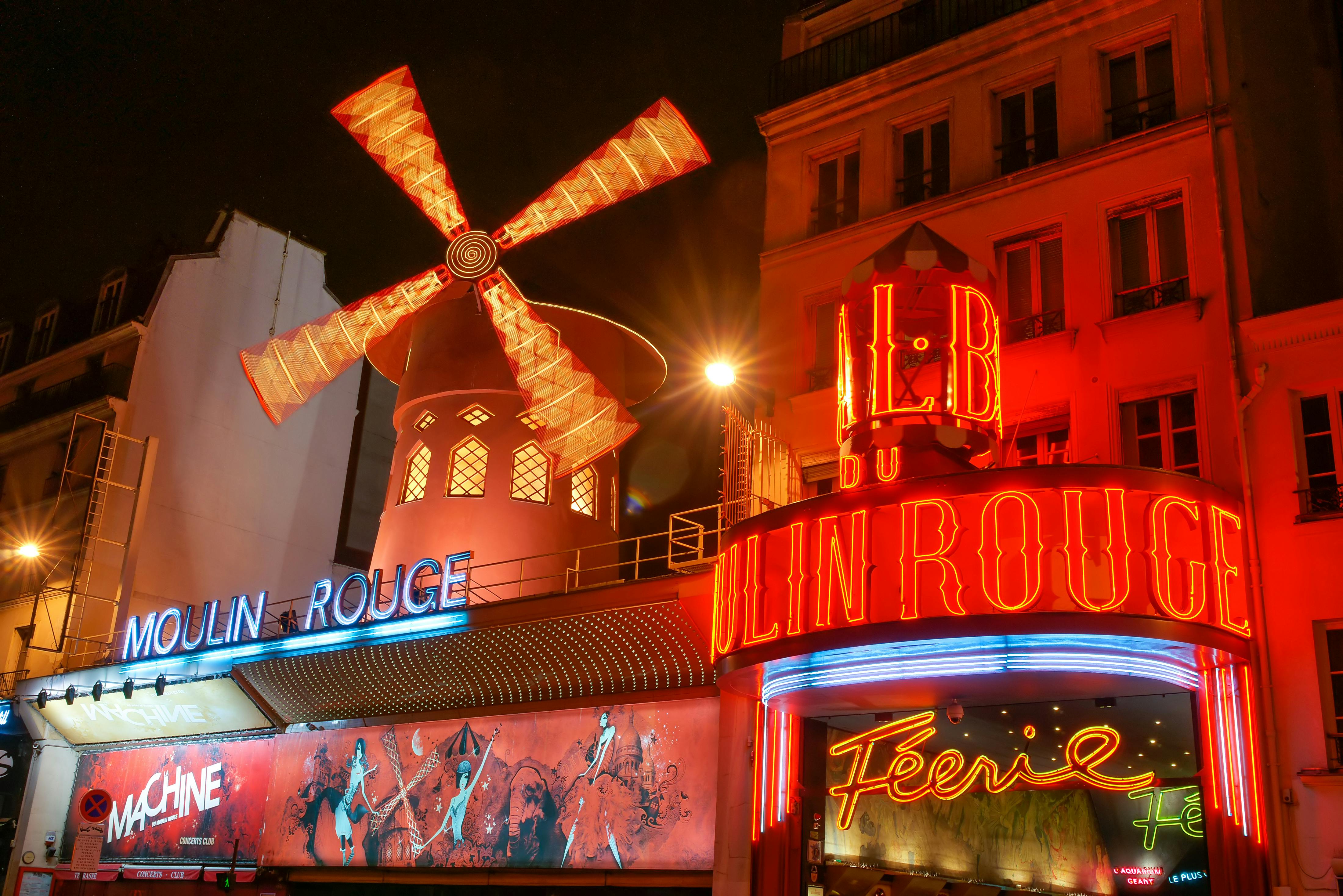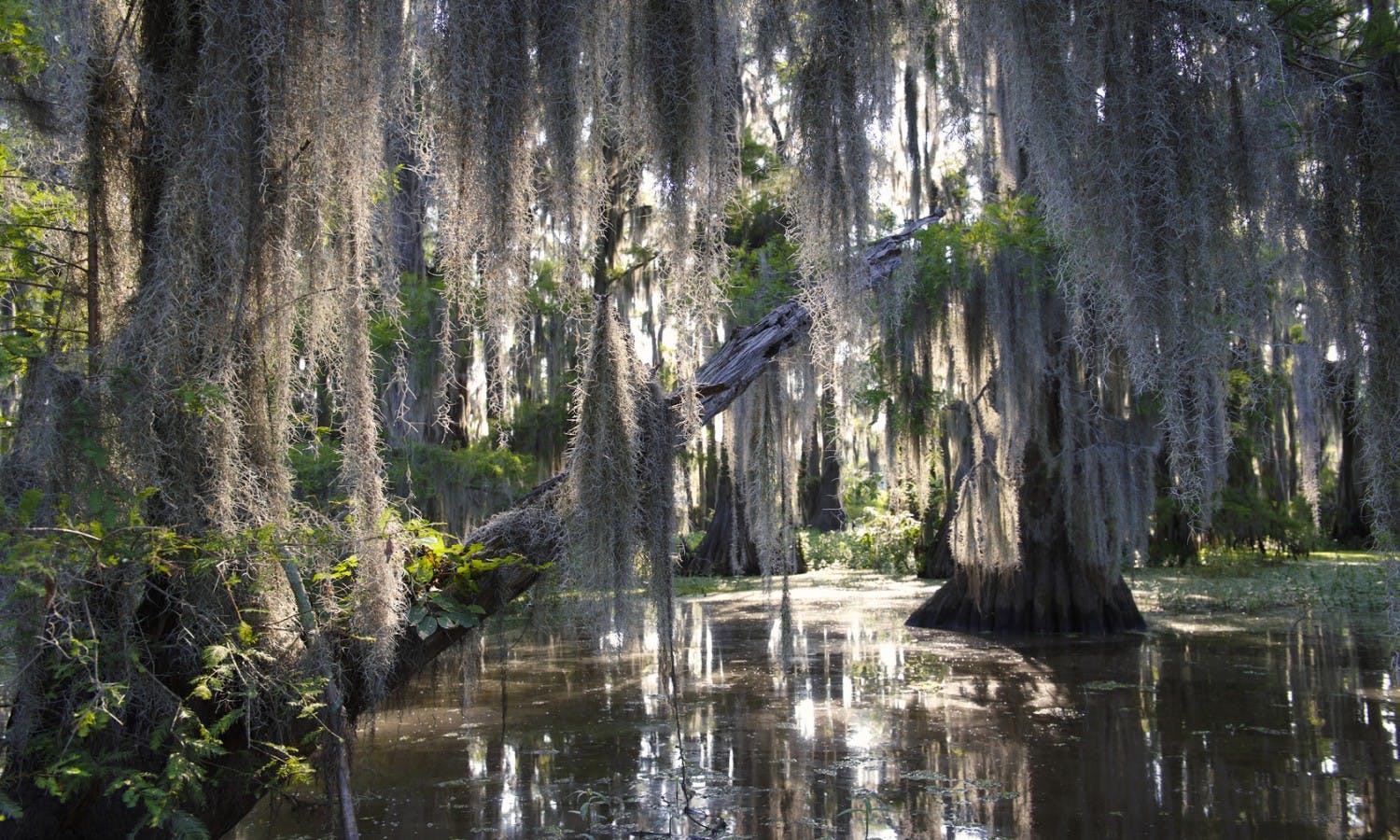Baton Rouge: A Southern Gem Worth Exploring
If you’re looking for a destination that offers a unique blend of history, culture, and natural beauty, then look no further than Baton Rouge, Louisiana. Located on the banks of the Mississippi River, Baton Rouge is the capital city of Louisiana and is home to a vibrant and diverse community.
Exploring Baton Rouge’s History
One of the most fascinating aspects of Baton Rouge is its rich history. The city was founded in 1719 by the French explorer Sieur d’Iberville, and has since been home to a number of different cultures and peoples, including Native Americans, Spanish settlers, and African slaves.
Today, you can still see the influence of these different groups in Baton Rouge’s architecture, food, and traditions. One of the best places to explore Baton Rouge’s history is the Louisiana State Capitol, which was built in the 1930s and is one of the tallest capitol buildings in the country.
Another must-see attraction for history buffs is the USS Kidd, a World War II-era destroyer that is now a museum. Visitors can explore the ship and learn about its role in some of the most important battles of the war.
Enjoying Baton Rouge’s Culture
Baton Rouge is also known for its vibrant culture, which is heavily influenced by its French, Spanish, and African heritage. One of the best ways to experience this culture is through its music and cuisine.
The city is home to a thriving live music scene, with jazz, blues, and zydeco being among the most popular genres. You can catch live music at venues like the Varsity Theatre and the Blues Room, or check out one of the city’s many festivals, such as the Baton Rouge Blues Festival or the Bayou Country Superfest.
When it comes to food, Baton Rouge is known for its spicy Cajun and Creole cuisine. Some must-try dishes include gumbo, jambalaya, and crawfish étouffée. You can find these dishes and more at local restaurants like Parrain’s Seafood Restaurant and The Chimes.
Discovering Baton Rouge’s Natural Beauty
Despite being a city, Baton Rouge also offers plenty of opportunities to get outside and enjoy nature. One of the best places to do this is at the Bluebonnet Swamp Nature Center, which features hiking trails, boardwalks, and exhibits about the local flora and fauna.
Another beautiful outdoor spot is the Long SleeveU Hilltop Arboretum, which boasts over 100 acres of gardens and walking paths. You can take a guided tour or explore on your own, and see everything from native wildflowers to exotic plant species.
Conclusion
Whether you’re interested in history, culture, or nature, Baton Rouge has something to offer. With its diverse attractions and unique blend of influences, this southern gem is definitely worth exploring.
Related Articles
- Exploring Baton Rouge’s History
- Enjoying Baton Rouge’s Culture
- Discovering Baton Rouge’s Natural Beauty
Exploring Baton Rouge’s History
The History of Baton Rouge
Baton Rouge, the capital city of Louisiana, has a rich and diverse history that spans over 300 years. From its humble beginnings as a small French settlement to becoming a major center for politics, culture, and industry in the Deep South, Baton Rouge has undergone significant changes over the centuries. Join us on a journey through time as we explore the fascinating history of Baton Rouge.
Early History
The area where Baton Rouge is located was originally inhabited by Native American tribes such as the Houma, Bayou Goula, and Tangipahoa. In 1699, French explorers led by Pierre Le Moyne d’Iberville arrived in the area and established a small settlement. They named it “le bâton rouge,” which means “the red stick” in French, after a red pole that marked the boundary between two Native American tribes.
Over the next few decades, Baton Rouge changed hands several times between the French, Spanish, and British. In 1810, Baton Rouge became the capital of the Louisiana Territory and remained so when Louisiana became a state in 1812.
Civil War and Reconstruction
During the Civil War, Baton Rouge was occupied by Union forces in 1862. The city was the site of several battles, including the Battle of Baton Rouge in August 1862 and the Siege of Baton Rouge in 1863. After the war, Baton Rouge underwent a period of reconstruction and modernization.
20th Century and Beyond
In the early 20th century, Baton Rouge experienced significant growth and development. The discovery of oil and gas reserves in Louisiana led to the establishment of major refineries and petrochemical plants in the area. Baton Rouge became a major center for the oil and gas industry in the Deep South.
In 1940, Louisiana State University moved its main campus to Baton Rouge, further contributing to the city’s growth and development. Today, Baton Rouge is a thriving city with a diverse economy that includes industries such as healthcare, education, and technology.
Conclusion
From its humble beginnings as a French settlement to becoming a major center for industry and culture in the Deep South, Baton Rouge has a rich and diverse history that reflects the many influences that have shaped it over the centuries. Today, Baton Rouge continues to grow and thrive as a vibrant and dynamic city that is proud of its past and optimistic about its future.
The Unique Culture of Baton Rouge: A Guide
Baton Rouge, Louisiana, is known for its vibrant culture that combines elements of Cajun, Creole, and Southern traditions. Visitors to Baton Rouge can expect to experience a rich mix of history, music, food, and festivals that reflect the city’s diverse cultural influences. In this guide, we’ll explore some of the unique aspects of Baton Rouge’s culture.
Food
One of the most iconic features of Baton Rouge’s culture is its cuisine. Visitors can indulge in delicious Cajun and Creole dishes like gumbo, jambalaya, and crawfish étouffée at local restaurants. There are also many seafood options, including oysters, shrimp, and catfish. Be sure to try a po’boy, a classic Louisiana sandwich made with crispy bread and your choice of meat or seafood.
Music
Baton Rouge is home to a thriving music scene, with a focus on blues, jazz, and zydeco. You can catch live performances at venues like the Varsity Theatre or the Blues Room. The city also hosts a number of music festivals throughout the year, including the Bayou Country Superfest and the Baton Rouge Blues Festival.
History
Baton Rouge has a rich history that dates back to its founding in 1699. Visitors can learn about the city’s past by visiting landmarks like the Louisiana State Capitol building, the USS Kidd a World War II-era destroyer), and the Magnolia Mound Plantation. The Shaw Center for the Arts also houses the Manship Theatre, which showcases films and performances that celebrate Louisiana’s cultural heritage.
Festivals
Baton Rouge is known for its lively festivals, which celebrate everything from Mardi Gras to Louisiana’s agriculture. The Louisiana Cajun-Zydeco Festival is a popular event that showcases Louisiana’s unique blend of music and cuisine. The Bayou Country Superfest is a three-day music festival that features some of the biggest names in country music. Other notable festivals include the Baton Rouge Blues Festival, the Red Stick International Animation Festival, and the Louisiana Cajun Food and Music Festival.
Conclusion
Baton Rouge’s culture is a unique blend of Cajun, Creole, and Southern traditions that reflects the city’s diverse history and influences. Visitors can experience the city’s rich cuisine, music, history, and festivals while exploring all that Baton Rouge has to offer. Whether you’re a first-time visitor or a lifelong resident, there’s always something new and exciting to discover in Baton Rouge.


